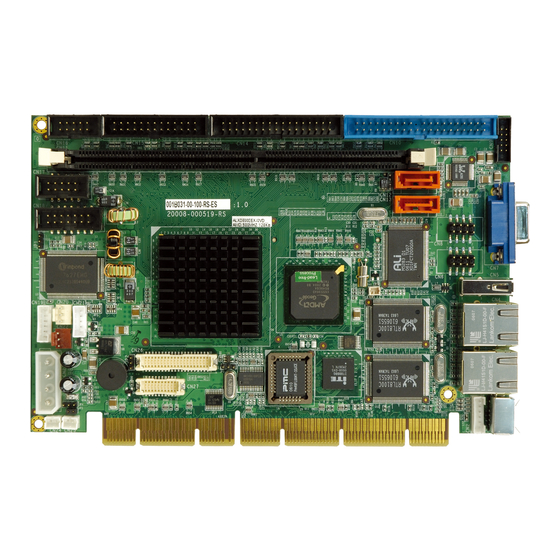
User Manuals: IEI Technology PCISA-LX PCISA CPU Card
Manuals and User Guides for IEI Technology PCISA-LX PCISA CPU Card. We have 1 IEI Technology PCISA-LX PCISA CPU Card manual available for free PDF download: User Manual
IEI Technology PCISA-LX User Manual (214 pages)
PCISA CPU CARD with AMD LX 800-500MHz processoe Audio, CRT, TTL LCD, and Dual LAN
Brand: IEI Technology
|
Category: Computer Hardware
|
Size: 6 MB
Table of Contents
Advertisement
